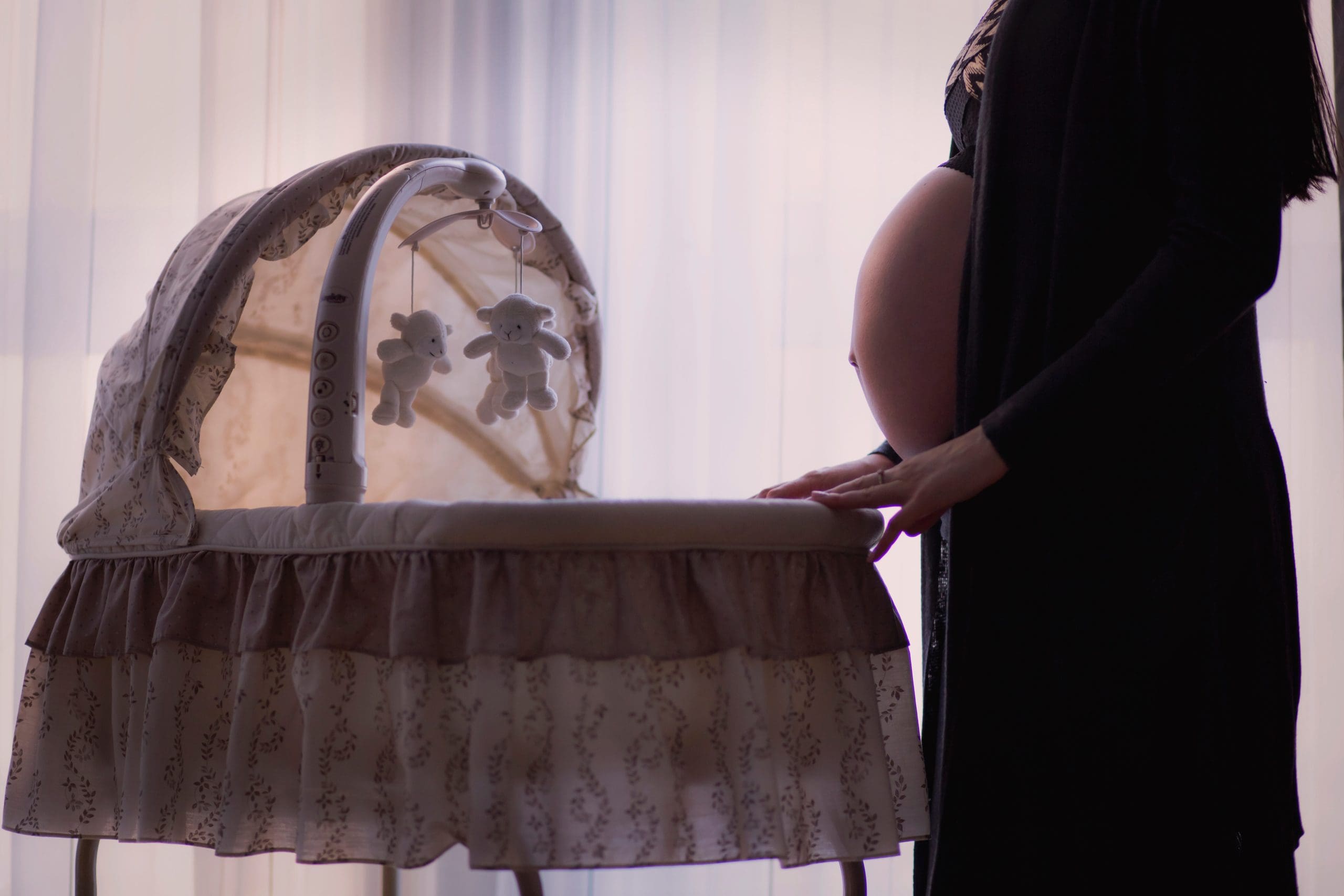The human experience of loss illuminates the impermanence and precariousness of life. Loss, grief, and suffering drive us to seek nirvana—which Buddhism deems the most enlightened and blissful state, one without suffering.
Buddha Shakyamuni, founder of the Buddhist religion, was a young prince named Siddhartha of the royal family Shakya. He was destined to become a fully enlightened being (a Buddha) and spiritual leader who saw the way to enlightenment through meditation. The foundation of Buddha’s teaching are the Four Noble Truths, which address the existence of suffering in all life, caused by attachment or desire. To end suffering, one must eliminate attachment by following the Eightfold Path to Enlightenment, leading to wisdom, virtue, meditation, and ultimately rebirth.
Suffering and loss
In suffering, we are separated from what we love. Losses extend beyond the obvious ones of death, illness, and mental decline to unemployment, poverty, threats from natural and manmade disasters, war, and terrorism.
No one escapes death’s inevitable touch. There is no certainty in its timing and circumstances. For some, death is a welcome passing. For loved ones, death causes suffering and sadness. Surviving the loss of someone close to you starts with a broken heart, a physical ache deep in your chest, a pain without remedy. It hurts to breathe or think. It hurts to remember what life was like before your loss.
Even when death allows a person to escape a life of suffering, the survivor grieves the loss of love, companionship, and dreams unfulfilled. When death is sudden, violent, or traumatic, grief may intensify for the “co-victim” as disbelief, shock, and anger take hold.
Suffering swells with feeling alone. While others can help share the survivor’s distress and ease suffering, they’re often at a loss for words to express their own sorrow and sadness for the survivor and to honor the loved one. After a homicide or suicide, the survivor’s situation can be even more isolating. No one knows what to say when still dealing with their own confusion, anger, and disappointment at the unnecessary loss of life. Even making eye contact with the survivor may be difficult. But it’s important to talk about the loved one who is gone and share memories of good times together. Retelling the story helps ease the pain.
Mindfulness and grieving
Grief lacks a linear trajectory. It’s unpredictable and personal. Relatively soon after the death, life goes back to normal for friends, colleagues, and acquaintances. But for the survivor, grief lingers like the uncomfortable dampness in a dense forest. One approach that may help a grieving person channel the energy of grief into a new zeal for life is mindfulness training. An application of Buddhist meditation practice, such training is used to decrease stress and pain, modify response to illness, and treat depression or other behavioral disorders.
Mindfulness training helps the brain reinterpret sadness and other negative emotions as more transient stimuli. With increased mindfulness comes a decreased tendency to react negatively to a sorrowful experience. Perhaps that’s the underlying phenomenon described in the adage “Time heals all wounds.” Our brains are hard at work redefining neural pathways to lessen the hurt and lingering feelings of dysphoria.
Breath and awareness
Practicing mindfulness meditation starts with being aware of your breathing. You may have heard similar instructions in a yoga class, or you may recall teaching the importance of controlled breathing to patients in labor or in need of pain control. “Take slow, deep breaths” is a common mantra for nurses. Diaphragmatic breathing, in which the belly does the work, allows the lungs to fill more completely; it’s a mainstay for athletes, singers, and dancers. A comfortable, quiet, clean, location and balanced posture are additional requisites for practicing mindfulness meditation.
But mindfulness is more than a meditation. It’s a way of living requiring lifelong practice. Mindfulness creates a sense of intense awareness of one thought at the moment, without judgment or prejudice. Awareness is about being, not doing. It leads to learning and growing. Grief becomes a purposeful, meaningful journey that teaches the importance of relationships and the experiences of the here and now. Nurses can use the growing body of evidence about mindfulness to help themselves, patients, friends, and loved ones develop the resilience that can emerge after hardship and loss.
Pamela F. Cipriano, PhD, RN, FAAN, NEA-BC
Editor-in-Chief



















1 Comment.
Thank you for this article. My husband just lost his mother and his father has come to live with us. This brought back those techniques that we all need to remember for coping with all stresses and I know well how to use them and will. Thanks